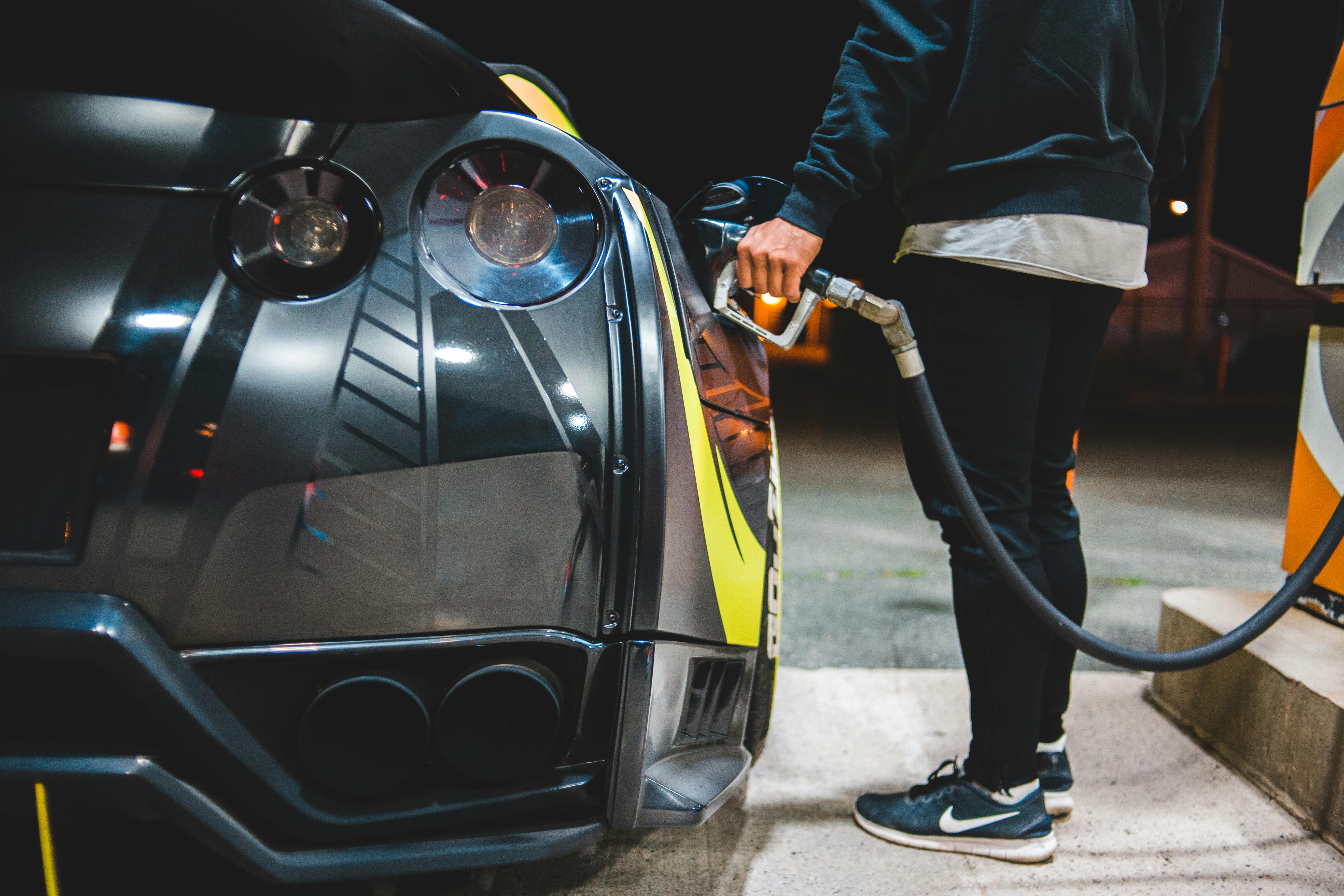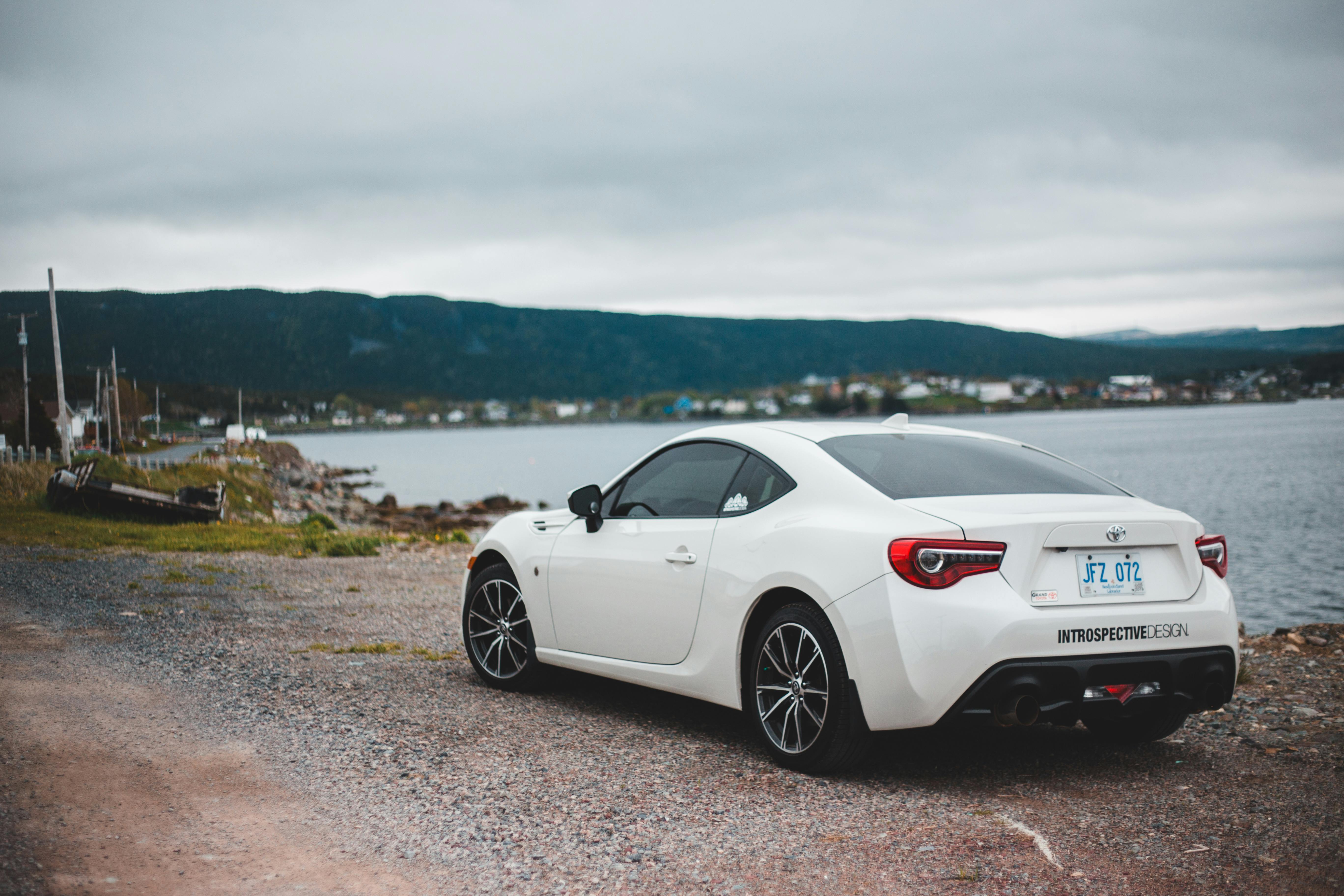Your Freelander’s brakes are one of the most vital parts of your vehicle and keeping them in the best shape possible is key to keeping your Freelander running efficiently and safely. If you have a problem with your brakes, we hope the following information will help you determine exactly where the problem is. The following information is for Freelander 2, however most of it is common to all Freelanders and indeed all vehicles.
Think your Freelander’s brakes are noisy?
Since you can expect your brakes to wear out over time, it’s a good idea to inspect your front and rear brake pads for wear, as well as any damage to the anti-squeak shims.
Have you discovered any damage or buildup on your Freelander’s brake discs? If so, it might be time for a disc cleaning or replacement, depending on how severe you determine the wear to be.
Even if you don’t immediately see any clear damage to your discs or wedges, you should still check for possible variations in corrosion, wear, or thickness.
Brake disc variations can cause noticeable problems with your Freelander; not only the efficiency of your braking system, but it can also be the source of other problems, such as vibration or the harshness you feel when applying the brakes, which conveniently brings us to the next section.
Do you experience a vibration or harshness when the brakes are applied?
As mentioned above, brake disc wear can be the source of not only inefficient braking, but it can also be the culprit for noise vibrations or an overly harsh feel through the brake pedal or steering wheel.
If you feel vibrations or roughness, it may be time to road test your Freelander to find a solution.
To test your Freelander on the road, you’ll need to accelerate it down a long stretch of highway to approximately 25 to 50 mph without applying the brakes. Once you are at a reasonable speed without applying the brakes, listen for any vibration.
If you can hear/feel a vibration, it is recommended to check the balance of your wheels/tyres, or if there is any damage or wear to the bushings/suspension components. If you’re still not satisfied with where you hear or feel the vibration, you can always repeat the test drive if you feel it’s necessary.
If there is no vibration without brake application, repeat the road test, but this time with light to medium application. Is there vibration present now?
If you can hear or feel a vibration with the brakes applied at different levels, it is recommended that you check the caliper mounting bolts and wheel hub nuts, then tighten as necessary.
Check your Freelander’s brake rotors for excessive wear, runout, thickness variation or cracks and have a mechanic install new brake rotors as needed.
Unfortunately, if vibration is still present, there may be a number of issues, so it would be wise to check the steering gear bushings for wear or failure, as well as the steering gear ball joints. Failure or wear of the front wheel bearings, suspension bushings are also a possibility. Replace these components as necessary.
Do your brakes pull or drift?
Do you feel your Freelander yanking or pulling to one side when you apply the brakes? This problem can be caused by incorrect tire pressure or excessive tire tread wear. It is recommended that these issues be adjusted and replaced as soon as possible to keep your Freelander running efficiently.
If your Freelander still feels like yaw or pull when the brakes are applied, or your tires are already at the correct pressure and in good condition, it may be beneficial to check your disc brake caliper pistons and pins for signs of wear. jams, leaks or clogging. as this could be the culprit. While doing this, it would be wise to also check the brake rotors for excessive damage, thickness variations, or runout. If any of these are present on your drives, a replacement is recommended.
If you don’t see any damage or wear on the disc brake calipers, but they still pull or yaw when you apply the brakes, take a look at the front hub and wheel bearing assembly, as well as the suspension bushing and the ball joints could reveal the problem. .
If after all the suggested corrections you still find your Freelander pulls or drifts, it may be your steering geometry, in which case you can adjust this as needed.
Do you feel like your Freelander’s brake pedal is spongy?
Do you feel like you’ve lost some brake pedal height (sometimes called pedal reserve)?
Your pedal may even touch the floor under hard braking or your brakes no longer provide enough stopping force.
These types of symptoms are dangerous and could well be signs that there is air in the brake system. The following checks and possible purging of the system are required:
With the engine off, check if the pedal is firm.
Is brake pedal effort and pedal travel normal?
If the effort feels unusual, you can check your brake pedal reserve to rule out other issues.
With the engine still off, pump the pedal 10 times and hold the final application. Does your brake pedal now feel firm on final application?
If the final application feels firm, it is recommended to follow the brake pedal reserve check.
However, if you find that the master cylinder still feels spongy or unusual, this could also be a sign that there is air in your brake system and a system bleed is required to remove the air.
Checking your brake pedal reserve:
With the engine now running, make sure the parking brake and transmission are in park/neutral.
Allow the engine to idle.
Apply the brake pedal lightly three or four times.
Wait 15 seconds for vacuum to recover.
Push down on the brake pedal until it stops moving down or until resistance to pedal travel increases.
Keep the brake pedal in the applied position while increasing the engine speed to 2000 rpm.
Release the accelerator pedal.
Can you see or feel the brake pedal move down as the engine speed returns to idle?
If you don’t feel the pedal move down, you’ll need to check your brake booster’s vacuum.
However, if you feel your pedal moving down, it could be the brake master cylinder reservoir fluid level. Check this fluid level as well as any leaks in your brake system and rectify as necessary. If necessary, add fluid and then bleed the brake system.
Is your Freelander’s brake pedal moving faster than normal?
A fast traveling brake pedal can be a sign of a few things.
Start by taking your Freelander for a test drive and feel the jerky ground speed on your brake pedal.
Do you still feel that your pedal is not quite right? If so, the next step is to stop your Freelander and while stationary pump the brake pedal rapidly at least five times to pressurize your brake system.
Do you feel the pedal travel increase and then stay the same? If so, a bleed of your brake system and post-test is required for normal operation.
However, if you don’t feel your pedal holding after you pressurize the system, this could be a sign that you may have a leak in your external brake system.
Is your Freelander’s brake pedal moving slower than normal?
A sluggish brake pedal can be a sign of a leak in the external brake system.
It is recommended to check the brake system for leaks and perform a repair if any damage or leaks are discovered, followed by a brake fluid top-up and system bleeding.
Do you think your Freelander requires excessive effort to activate the brake system?
Having to put excessive effort on the brake pedal can be a sign of wear or damage in some way to the brake pads. A check of the pads for excessive wear and damage, contamination, or improper installation may reveal the problem. If you find any problems with your brake pads, you should install a new set of pads.
However, if you don’t find any worrying damage or wear on the brake pads, check and locate the problem, and then have your brakes vacuumed repaired.
If you do not find any problems with the vacuum, you should complete a check and inspection of the rest of the system and any damaged connections or missing clamps.
After a system check, another check of the correct operation of the vacuum brake is required. You can do this by pumping the brake pedal a few times to exhaust the vacuum with the engine off. Depress the brake pedal and hold it down.
Does your brake pedal move down when you start the engine?
If not, you will need to verify that the brake booster valve is working properly and repair it as necessary.
Do you feel your brakes lock up when you lightly apply the brake pedal?
Start by inspecting the brake pads for wear or damage, signs of improper installation or oil contamination, etc.
If you discover anything that worries you, you should replace your brake pads as needed.
Inspect your brake calipers for binding, leaking, or sticking, which could be a cause for concern or the source of your brakes locking up.
Do you feel your Freelander’s brakes drag when you apply them?
Drag brakes are usually caused by problems with the brake caliper pistons and pins, as well as the parking brake cables, so it would be a good idea to check for sticking, sticking or have leaks.
If you find these parts sticking or binding, these components will need to be replaced.
However, if you do not find a problem with these components, the cause could be the alignment and travel of the brake booster connecting rod.
Do you think your Freelander has excessive/erratic brake pedal travel?
To begin with, a brake master cylinder fluid level check is required to rule out an improper seal in the master cylinder reservoir.
If you find that you are running low on fluid in the master cylinder, fill it with the exact fluid recommended for your Freelander, based on the requirements stated on the reservoir. Keep bleeding the system.
Check brake pedal reserve as mentioned above.
After this, check the front wheel bearing assembly for damage and excessive wear or play in the bearings and replace if necessary.
If you find nothing of concern in the wheel bearing assembly, it is recommended to check the thickness variations in the brake discs.
Are you experiencing slow or incomplete brake pedal return on your Freelander?
To check your brake pedal return, you should start by running the engine at idle while making various brake applications.
Pull the brake pedal back with medium force
Release the pedal and measure the distance to the toe board
Make a hard brake application
Release the brake pedal and measure the distance between the pedal and the toe board. The brake pedal should return to its original position.
If your pedal does not return to its original position, you will need to disconnect the brake booster to check for binding in the brake pedal.
After disconnecting the brake booster, the brake pedal should work freely. If not, a repair or installation of a new brake pedal may be required.
We hope this has resolved any issues you may be having with your Freelander’s brakes. However, if you have not been able to determine what the problem is, please call us at +44-780-9575-421 or email us at sue@freelanderspecialist. com



